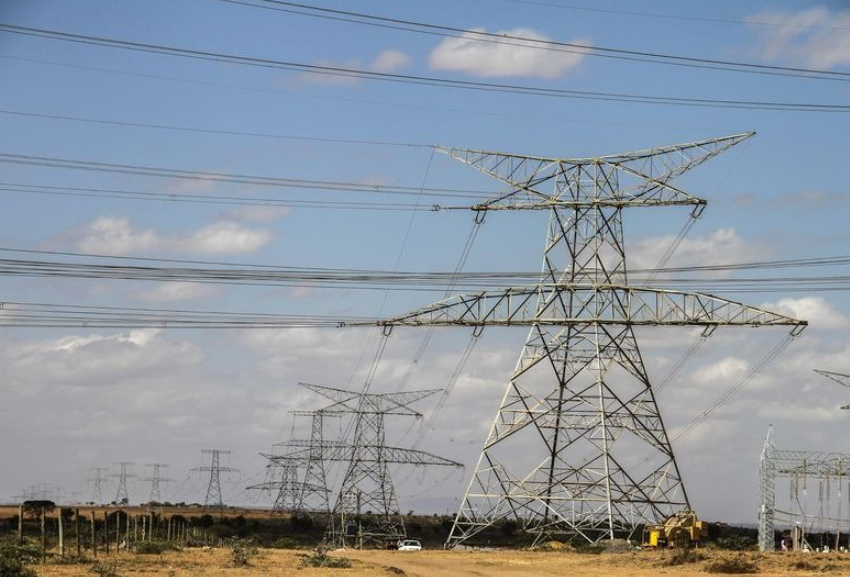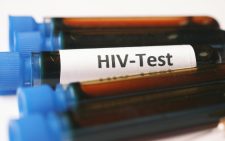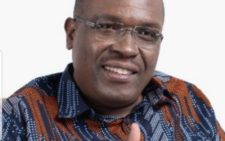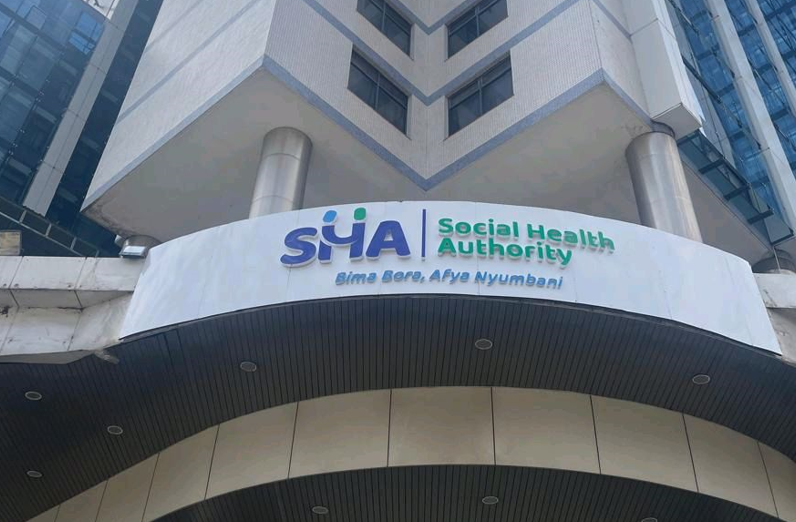Rush for loans in new funding model
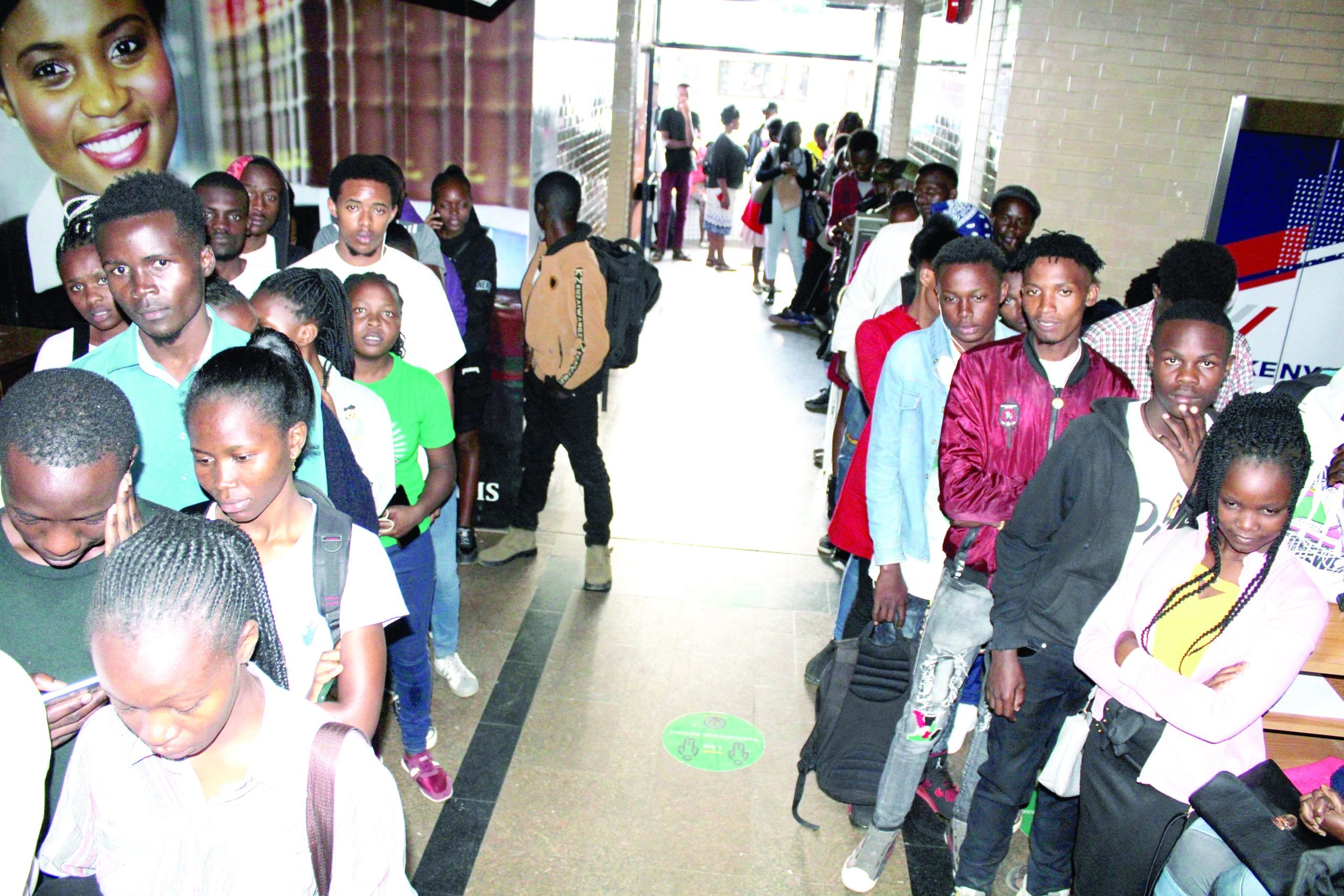
Kenyatta (KU), Maseno and Kisii Universities are the top three universities with the highest number of students who applied for funding under the new model out of the 39 public universities that were eligible for government funding.
Jomo Kenyatta University of Agriculture and Technology (JKUAT) and the University of Nairobi follow closely in fourth and fifth positions also with high numbers.
Documents tabled before the Departmental Committee on Education shows that out of 9,873 students who were admitted at Kenyatta University in September this year, 8,639 students applied for funding against another 1,234 students who did not apply.
At Maseno University, 7,012 students applied for funding while the balance of 848 students did not apply, the documents show.
Failed to apply
At the Kisii University, documents reveal that out of 7,609 students admitted at the facility, 6,895 applied for funding and only 714 failed to apply.
JKUAT which admitted 7,822 students had a total of 6678 applying for funding against 1,144 students who did not apply while University of Nairobi (UON) which admitted 7,880 students to the facility saw 6,598 students applying for funding and 1282 not applying.
Other universities that had high number of students applying for funding include Moi University which saw 5,375 students out of the 6,255 students who were admitted at the facility.
Masinde Muliro University of Science and Technology had 5,852 students applying for the funding out of the 6,490 students who were admitted at the institution while Chuka University has 4,683 students who applied for funding against 5,252 students that were admitted at the institution.
Egerton University had 4,149 students who applied for funding against 4,811 who were admitted at the facility while Karatina University has 3,665 students who applied for funding against 4,290 who were admitted to the facility.
Rongo university on the other hand had 3,046 students who applied for funding against 3,366 who were admitted at the facility while university of Embu had 3,016 students who applied for funding against 3,353 who were admitted at the facility.
Lowest applications
Universities that had the lowest number of students applying for the funding include Mama Ngina University which had 542 students applying for funding out of 729 students who were admitted at the facility.
It was followed by Alupe University which had 783 students applying for funding out if 921 who were admitted at the facility. Garissa University had 859 students who applied for funding out of the 1,244 students who were admitted at the facility while Turkana University had 797 students who received funding out of the total 929 students who were admitted at the facility.
Taita Taveta University had 1,150 students applying for funding out of the 1,269 students who were admitted at the facility.
Education Cabinet Secretary Julius Ogamba told lawmakers who sit in the committee chaired by Tinderet MP Julius Melly that all students placed to public universities are eligible for government funding in the form of scholarships and loans but qualified students must apply for the funding.
In the September intake, a total of 138, 535 students were placed to public universities, out of which 121,728 students applied for funding while 16,807 did not apply.
Said Ogamba: “All students placed to public universities are eligible for government funding in the form of scholarships and or loans. However, they have to make an application for the same.”
He added: “To determine a student’s level of need and therefore the categorization into a band, the Means Testing Instrument (MTI) is used. The instrument is designed to utilize the data provided by students to determine their level of need. The data is validated through other government agencies.”
The CS explained that the increase in a number of applicants interested in funding increased due to the enhancement of the MTI to enable it capture the broader socio -economic factors that improved the accuracy of the categorization in the 2024/2025 academic year as compared to the 2023/2024 academic year.
The variables that were added include social indicators such s family structure, number of children in primary and secondary, age of the oldest parent , primary and secondary schools attended, poverty index, gender among others and the affirmative consideration variables included are the status of parents whether deceased or not, agriculture priority programs, whether parents are known or not, individuals with disabilities be it parents or students and whether there is chronic illness in the family or no.



